What is currant terry and how to treat it?

Black currant is ubiquitous in country and garden plots. Its cultivation rarely causes difficulties, but the culture still has a drawback - it quite often picks up various diseases.
Terry is very common - a dangerous ailment that can deprive a summer resident of a whole harvest. It is very important to be able to recognize the signs and symptoms of such a disease in time in order to immediately take action. We will talk about this in this article.
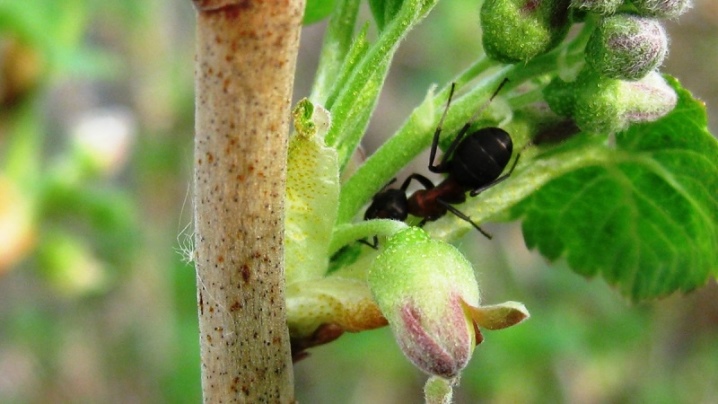
What it is?
Terry in another way is called reversion. This is a very complex and insidious ailment with a long incubation period. It is impossible to detect it immediately under any circumstances, since it is in a plant in a latent form. This can go on for up to three years. The causative agent of the disease is a virus, and the kidney mite, which has recently visited infected plants, carries it on its paws. And also the disease can be brought in through dirty garden tools.
The spread of the virus cannot be noticed in the first year. It circulates through the currant vessels, only getting ready for the "attack". In the following years, the first signs can be seen. The disease gradually covers the entire plant, leading to its degeneration and complete sterility.
As long as there are berries, they can be eaten, there will be no harm. But the fruits will turn out to be tasteless and generally will not bring satisfaction.
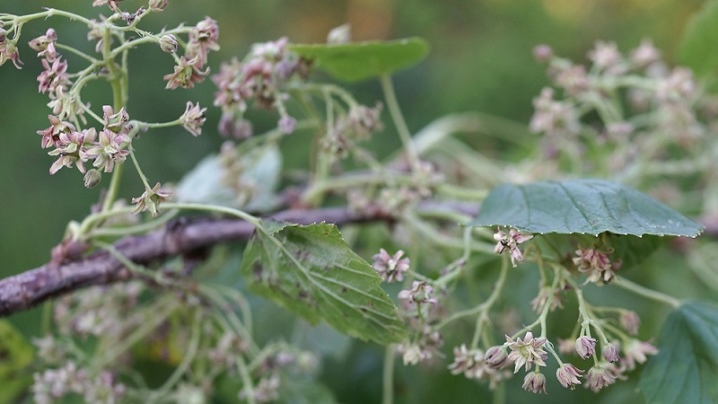
Consider the symptoms of the disease:
- lack of pubescence on the buds, strange red color at the edges of flowers, subsequent doubleness of the flower;
- red or dark purple color in flowers, which should be light yellow in the correct version;
- the pistil begins to resemble a thread in shape;
- the presence of a large number of small twigs, the leaves of which do not have the classic currant aroma;
- lack of characteristic veins on the foliage;
- three-lobed leaves, while in currants they should be five-lobed;
- thickening of the sheet, glossy sheen instead of a matte tone;
- compaction of shoots, because of which they can acquire the shape of a bundle;
- weakening or complete loss of aroma and taste by leaves and berries.
Terry black currant is a dangerous ailment. Because of it, the ovaries simply stop forming or mutate. The yield loss can be 100 percent. The virus quickly spreads to healthy bushes and hibernates in the soil.
Important: if the season is dry, you may get the impression that the bushes have healed. You should not buy into this effect, the disease does not go away by itself, it simply "waits" for the right hour.
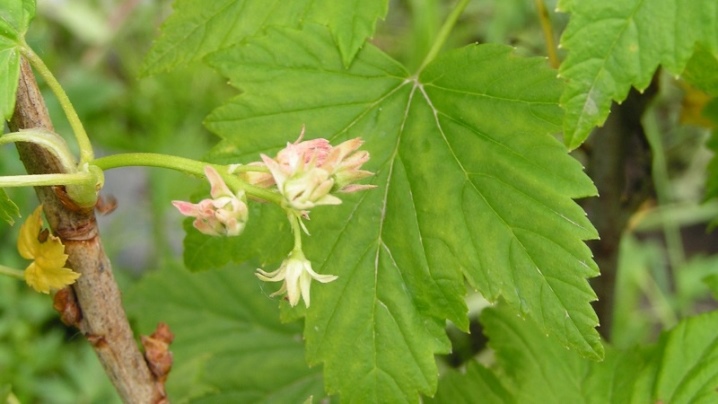
Treatment
Knowing the exact description of the symptoms of terry, you can try to cure the culture. It should be noted right away that the virus is insidious, and all attempts can turn into failure, especially if these are late stages. Something can be done only in the early stages, otherwise the bush will simply have to be thrown away. But it's worth trying. Let's see what needs to be done in such a situation.
Mechanical methods
These are the first techniques that should be adopted. The improvement of the bush depends on them. There are several techniques, all can be applied at once.
- Pruning the kidneys. The procedure must be carried out during the period of kidney formation (the beginning of the process, and not active formation). Examine the bush and find irregular buds. They can be bloated or crooked. Use a secateurs to cut these pieces out. Then it is recommended to burn the bush. To do this, take a gas burner, turn it on and bring it to the bush at a distance of 10 centimeters.Quickly go over all the shoots and branches with fire, then work the soil in the same way. The procedure is aimed at burning the mites, which, thanks to this, will not be able to switch to healthy currants.
- Scalding... This procedure is carried out before the juice flows through the plant. The ground must be cold. First, sanitary pruning is carried out, then the trunk circle is closed. Film or agrofibre can be used. Shoots are collected in a bunch and tied. It is necessary to water with water with a temperature of about 70-80 degrees, using a shallow watering can. Try to pour so that boiling water gets everywhere. For the technique to work even better, you can dissolve a crystal of manganese in water.
Important: if you are late with the treatments, and the bush is practically sterile, do not waste time, this is already pointless. Dig up and destroy the instance. Better to burn it, taking it to the forest or planting. Everything that was used during the procedure must be carefully processed afterwards.
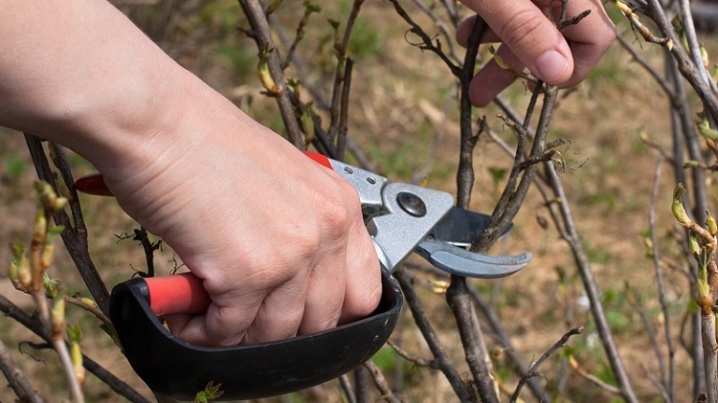
Biological techniques
Many gardeners choose them, since biological preparations are not as poisonous as chemistry, and they are more useful than traditional methods. Here are some formulations that can be used to combat the terry black currant.
- Colloidal sulfur. From 75 to 100 grams of the substance is stirred in a 10-liter container. Water the currants immediately after making the solution.
- Fitosporin-M Reanimator. It is an excellent remedy for fighting viruses and fungi. It is bred in warm water. For 1 part of the product, 20 parts of liquid are taken. When spraying, it is important to respect the dosage. One liter is usually enough for 10 square meters of planting.
- "Bitoxibacillin"... We need a composition in a concentration of 1%. It is bred in accordance with the attached instructions, and processing is carried out in March, when the insects wake up and are ready to move.
- "Gaupsin"... This is a mixture of insecticide and fungicide, preparation 2 in 1. Take 200 grams of the product in a bucket of water. Good for killing ticks.
And you can also use a drug such as "Lepidocide". It is taken at a concentration of 0.3%. However, the remedy will only help with prophylactic use, it does not cure terry itself.
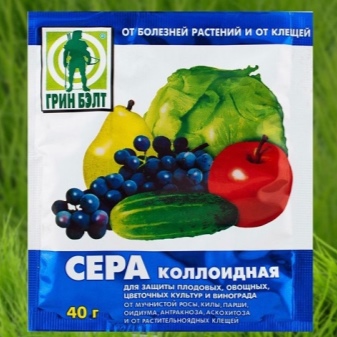
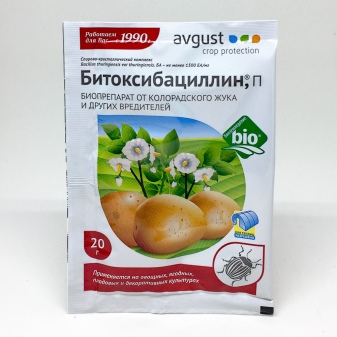
Chemicals
If mechanical and biological treatments turned out to be ineffective, or you are late with their dates, it is recommended to introduce "weapons of mass destruction" - chemistry. But remember that such tools require preparation. It is important to wear a respirator, special clothing, and protect your eyes and hands. Chemical treatments are carried out on days when there is no wind and rain. All drugs are diluted clearly according to the instructions, experiments are unacceptable here.
- "Karbofos"... This remedy is active for 10 days, killing the tick and preventing its reappearance. A second procedure is possible only after 21 days.
- Akarin. Also saves from ticks, the first results can be seen in a few hours. It is important to dilute this drug slowly. First, it is mixed with water in a small bowl, and only then the mixture is poured into a bucket.
- Fitoverm. This acaricide almost completely destroys the parasite colonies. It can be used even in dry conditions. But it is important not to interfere with other medications.
- "Agravertin"... Another good remedy for ticks. Here you will need 2 milliliters of the drug per liter of water.
- "Fufanon". A very effective drug that also needs to be diluted in water. The peculiarity of the remedy is that over time it accumulates in the tissues of the currant, thus giving a more lasting effect.
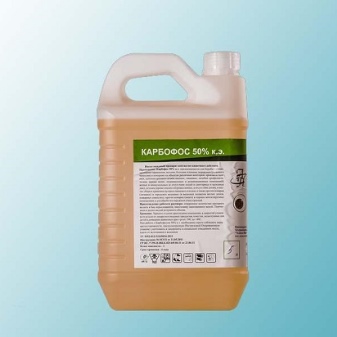
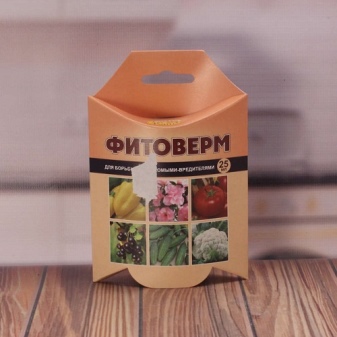
Traditional methods
They can also be used in attempts to get rid of harmful ticks, there will be no harm.
- Tobacco dust... Take about 0.2 kg of fresh tobacco leaves, grind (you can also take dust right away). Dip in a bucket of water. Wait two days, strain, use for spraying.
- Garlic... Take 150 grams of chives, finely chop, the husk is not removed. Stir the mixture in a bucket, wait a day. Filter, use.
- Onion husks... 300 grams of husk is poured with warm water in an amount of 10 liters. A couple of days - and the drug against ticks is ready.
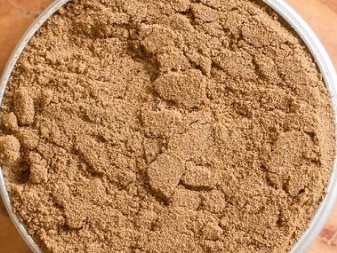
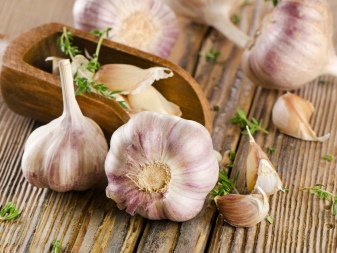
Prevention measures
It should be noted that preventive measures are sometimes the only way to avoid terry. Therefore, they cannot be neglected. Let's take a look at some helpful tips.
- Terry appears only on weak bushes. Feed the crop on time, but avoid excess nitrogen. He provokes an illness.
- Buy seed from people you trust... Do not take seedlings from the market.
- Watch the plants especially carefully during the first years.so as not to miss the first signs of the disease.
- Soak the seedlings before planting. The solution is made from the drug "Agravertin" (10 g), colloidal sulfur (40 g) and water (10 l).
- Keep your garden tools clean, process tools. The cleanliness of the site is also important.
- Timely prune... Remove dry and diseased shoots, fattening specimens.
- Protect the currants landing near tansy, marigolds.
- Be sure to spray fungicides and insecticides as scheduled.
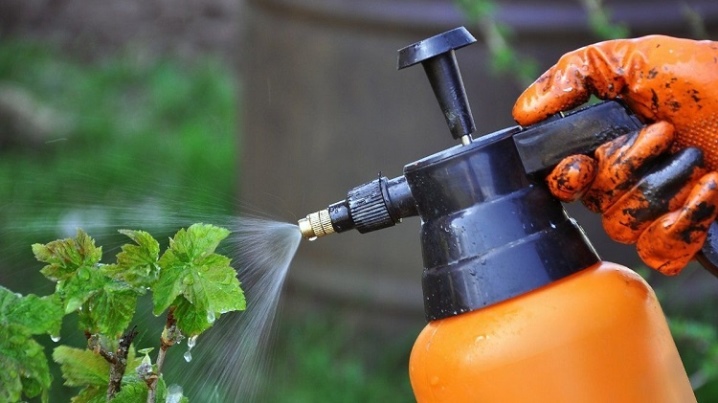
Resistant varieties
There are some varieties of currants that show good resistance to doubleness. It is impossible to fully guarantee that the plant will not get sick with it, but the chances are still less. Here are the best partially immune strains:
- "Summer Resident";
- "Exotics";
- "Lazy person";
- "Grace";
- "Perun";
- "Natalie";
- "Gamma";
- Katyusha;
- "Selechenskaya" and others.
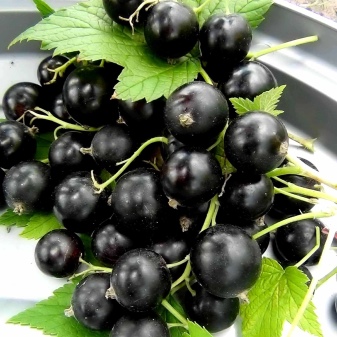
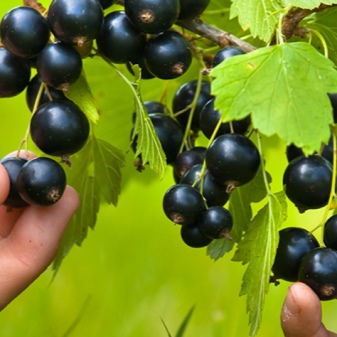













The comment was sent successfully.